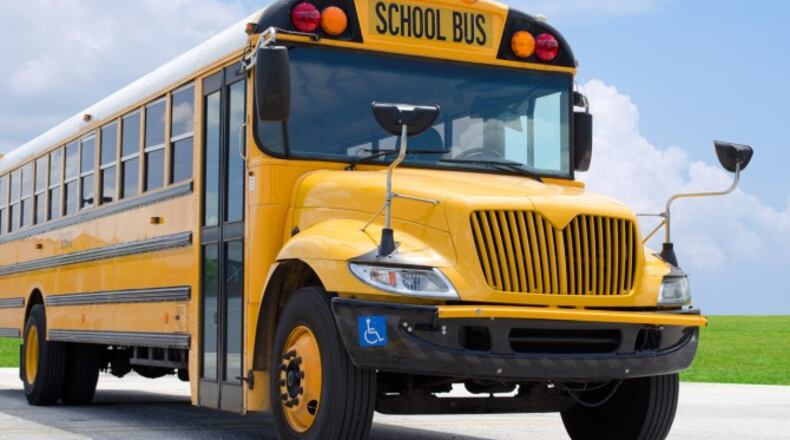The tax would generate approximately 13 percent of the district’s daily operating revenue, paying for utilities, bus fuel, classroom supplies, technology and personnel.
Superintendent Paul Otten said “this is about the future of the school district.”
“A substitute emergency levy makes sense because it gives us the opportunity for revenue growth through new construction moving forward,” Otten said.
Substitute levies were introduced in Ohio in 2008 and since then 20 public school districts have secured that revenue source with voters’ approval, according to the district.
Instead of producing a fixed-dollar amount each year like an emergency levy regardless of new construction, a substitute levy’s tax rate doesn’t change, but the levy’s annual revenue can increase as new homes get built and occupied. Under the current tax, property owners’ tax bills gradually decrease as new homes get built and occupied.
Having a tax on the books that can increase annual revenue as the district’s enrollment grows eliminates the need to return to voters every five years and ask for a renewal on the emergency levy that the substitute levy would replace with voters’ approval on Nov. 7.
“We are anticipating very little growth to start but we are hopeful it will have a greater impact in the long term,” said Beavercreek City Schools spokesman Ryan Gilding.
Population is trending up in the city of Beavercreek. According to the U.S. Census, the city grew by an estimated 1,183 residents from 2010 to 2016.
The district’s current enrollment is approximately 7,600 students.
Gilding said the enrollment can fluctuate significantly through the school year as military families come and go at Wright-Patterson Air Force Base.
If voters reject the proposed tax again, the district plans to bring it back for the special election in May 2018.
The district has posted an one-sheet graphic on its website to explain the levy request.
About the Author
